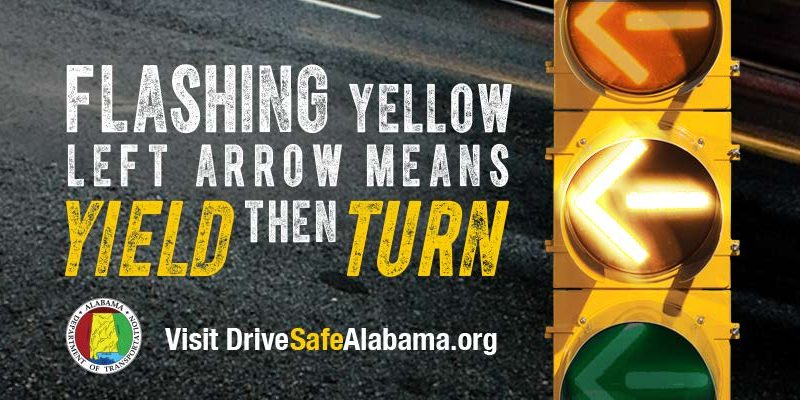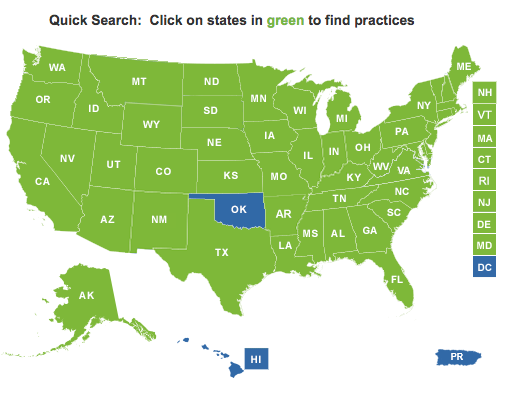Estimating the Life-Cycle Cost of Intersection Designs
TRB’s National Cooperative Highway Research Program (NCHRP ) Web-Only Document 220: Estimating the Life-Cycle Cost of Intersection Designs describes the Life-Cycle Cost Estimation Tool (LCCET). The LCCET spreadsheet allows users to compare alternative intersection designs based on initial construction costs, ongoing maintenance and operations costs, operational efficiencies for a variety of modes, safety effects, and […]

